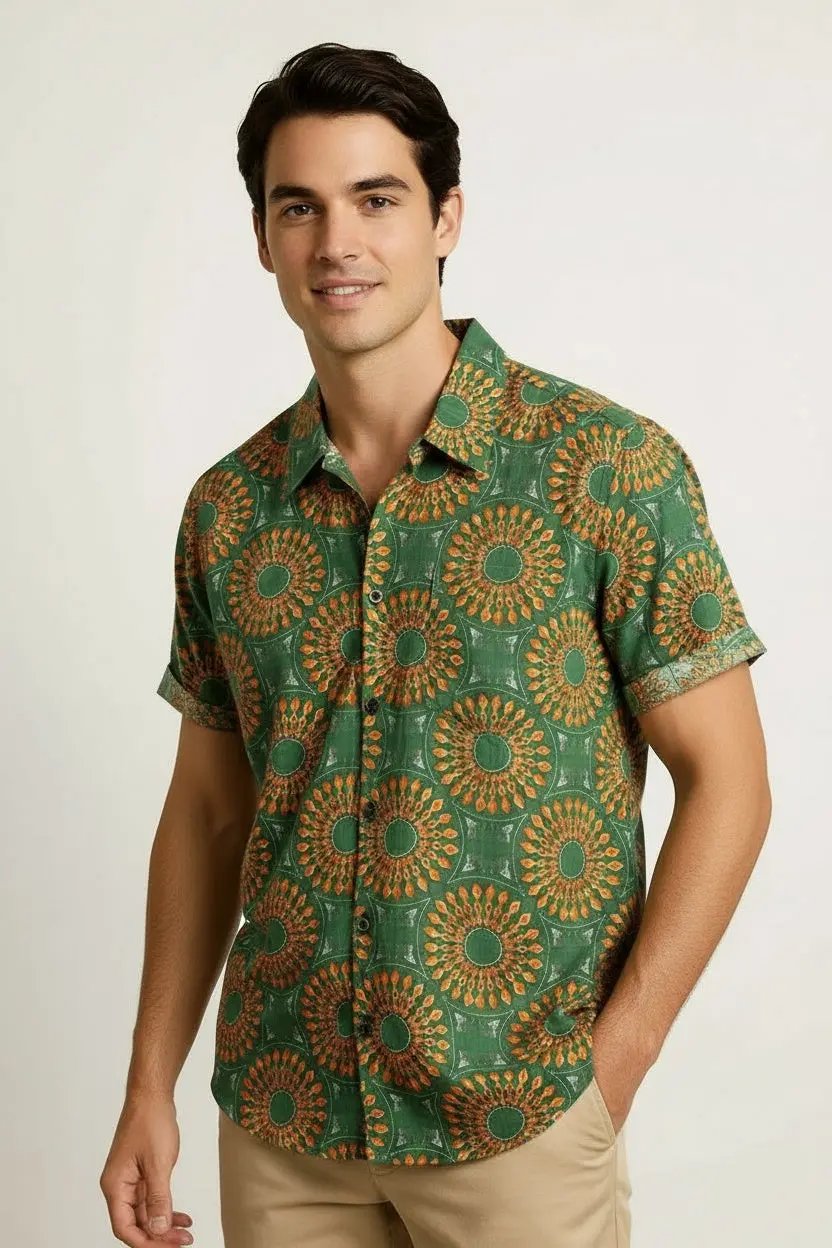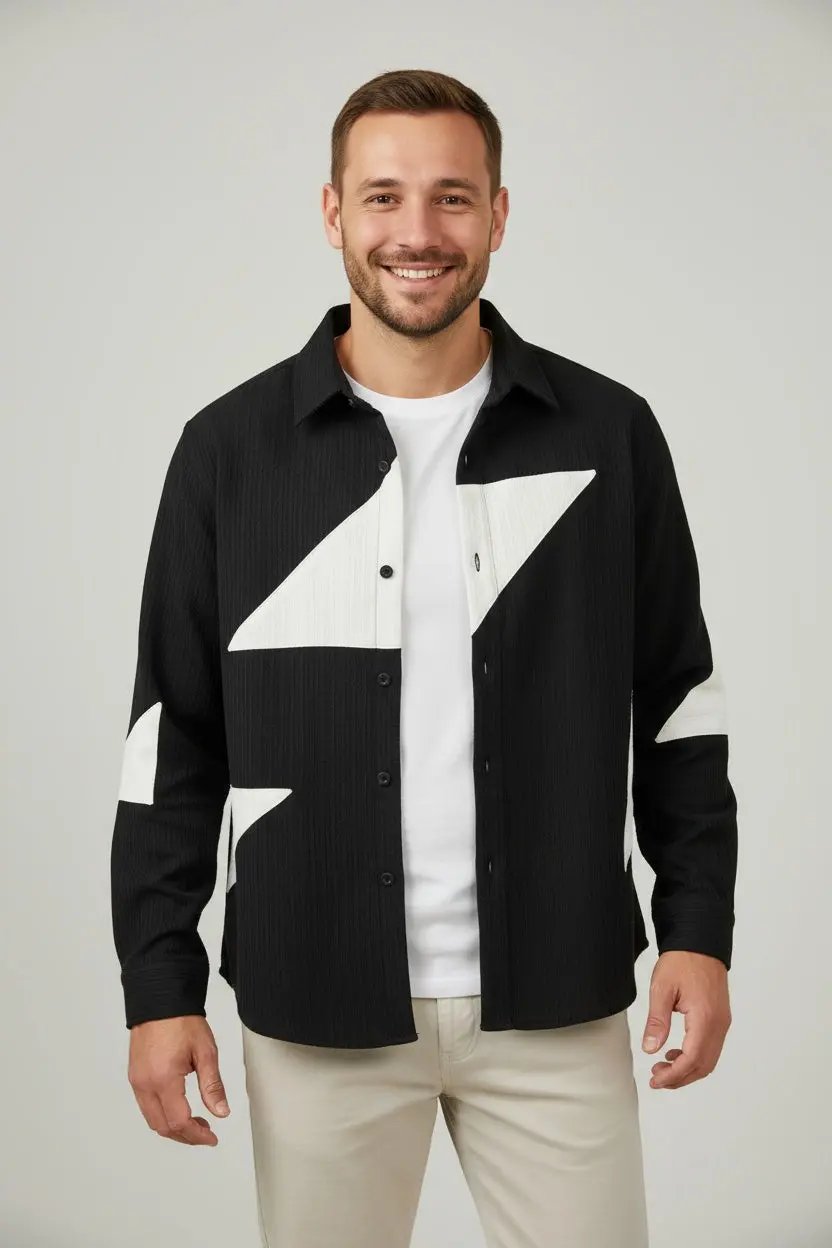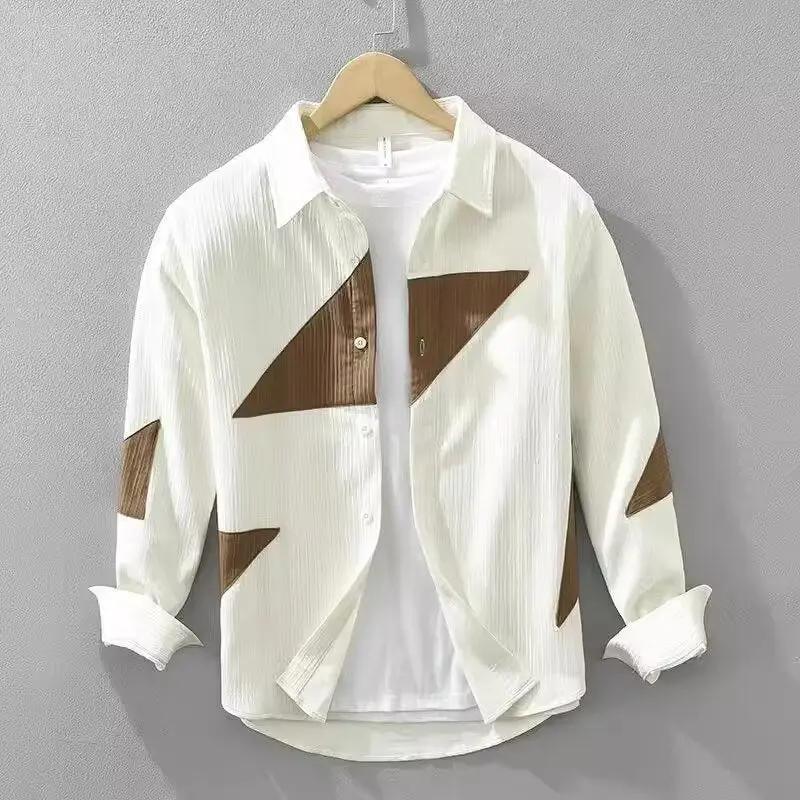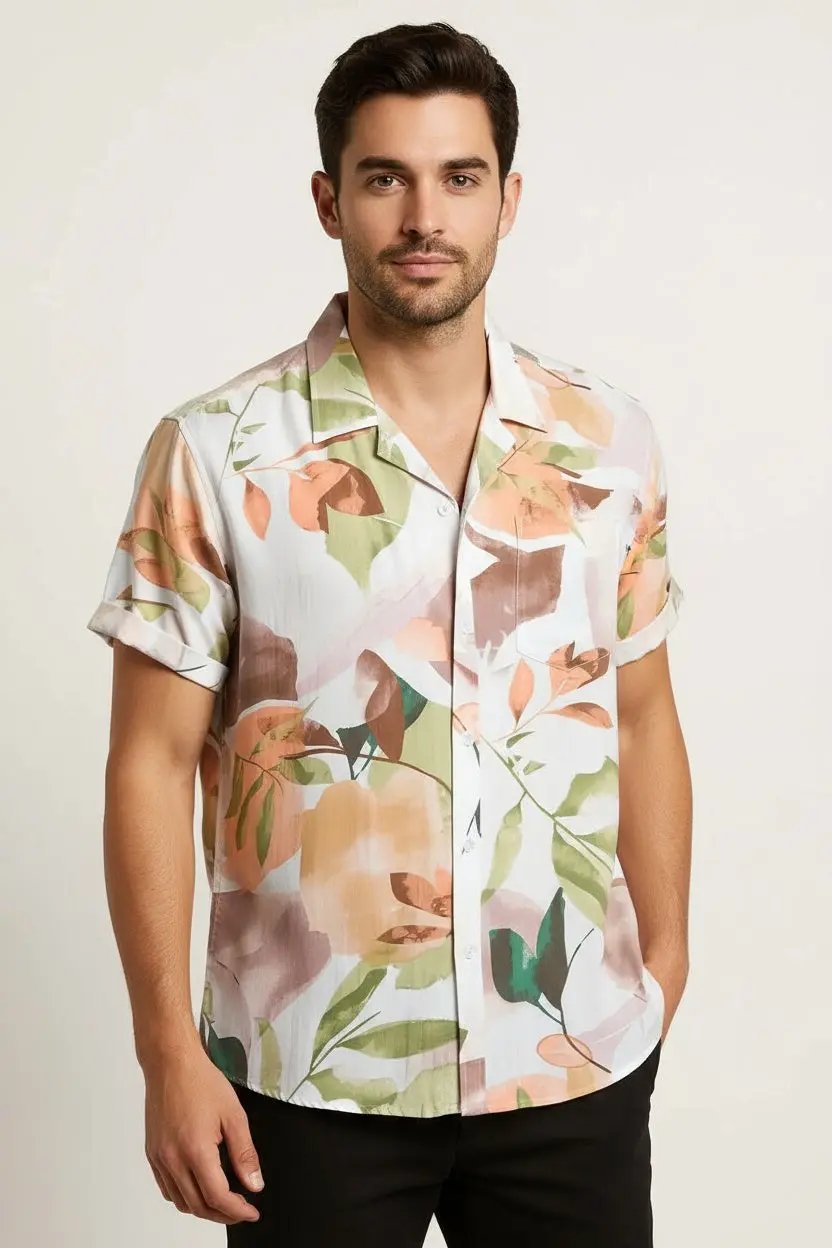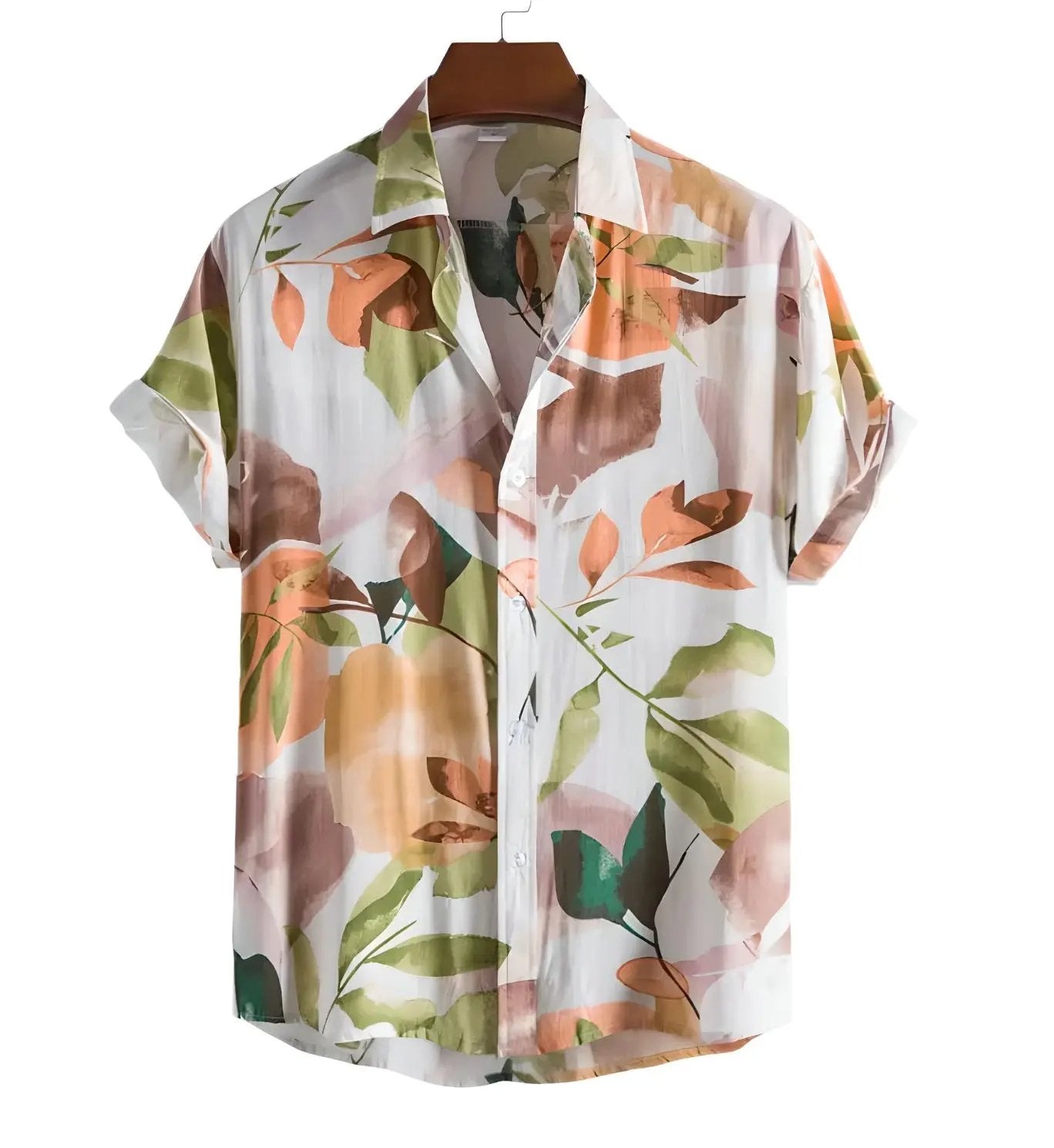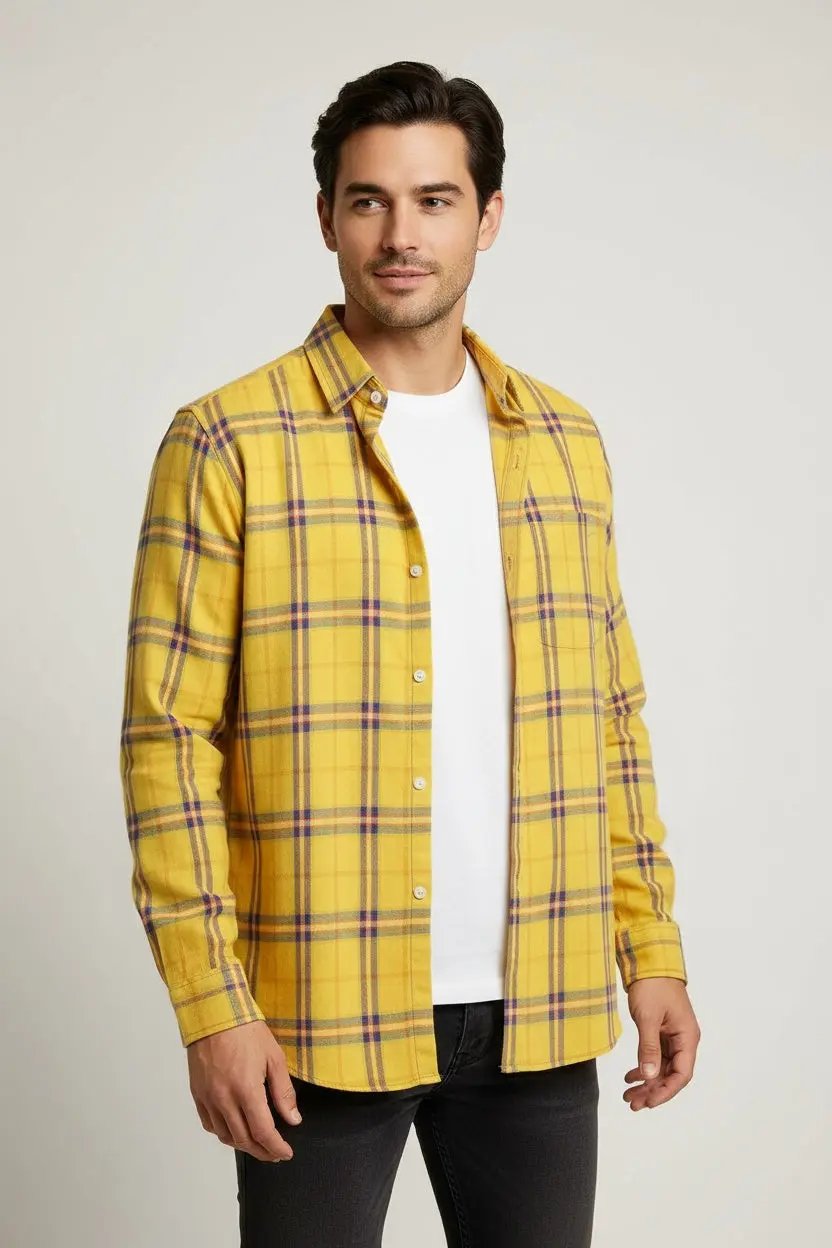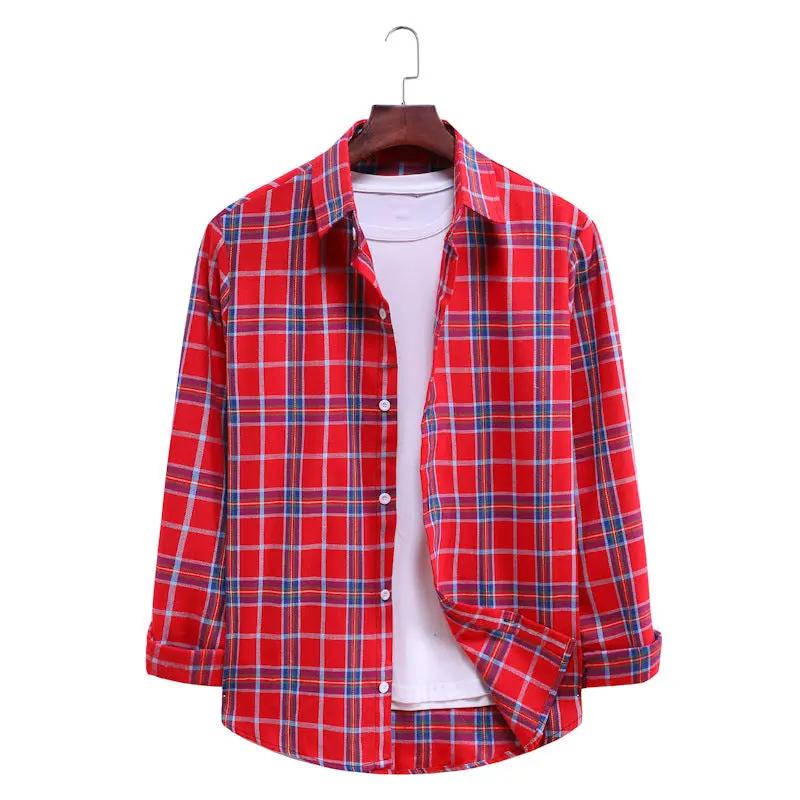Frequently Asked Questions
1. What is the environmental impact of manufacturing Hawaiian shirts?
2. What materials are commonly used in Hawaiian shirts?
3. How can consumers promote sustainability when purchasing Hawaiian shirts?
4. What are some environmentally-friendly alternatives for Hawaiian shirts?
5. Why is it important to consider labor practices in the fashion industry?
When you think of Hawaiian shirts, vibrant colors and lively patterns often come to mind. But have you ever stopped to consider the environmental impact of manufacturing these iconic garments? In this blog post, we will explore the various factors contributing to the ecological footprint of Hawaiian shirts, especially when it comes to the production practices and materials used in creating these beloved pieces of clothing.
Understanding Hawaiian Shirts and Their Popularity
Hawaiian shirts, also known as Aloha shirts, have long been a symbol of relaxed island vibes, attracting men and women alike. Initially embraced in the 1930s, the shroom shirt gained momentum and transformed into a staple fashion choice across the globe. They are especially popular among men looking to make a statement with their clothing while keeping comfort in mind.
The Materials Behind the Style
To delve deeper into the environmental impact of manufacturing Hawaiian shirts, we need to discuss the materials that make up these garments. The most common fabrics used in Hawaiian shirts include:
- Cotton: A natural fiber known for its breathability and softness, cotton is a popular choice for Hawaiian shirts. However, traditional cotton farming often leads to intense pesticide use and significant water consumption.
- Rayon: This semi-synthetic fiber is made from wood pulp and is frequently used in Hawaiian shirts due to its lightweight feel. The process of creating rayon can lead to deforestation and water pollution if not managed sustainably.
- Polyester: A synthetic fiber derived from petroleum, polyester is sometimes blended with other materials in Hawaiian shirts. Its production process emits greenhouse gases and consumes large amounts of energy, adding to its environmental footprint.
Water Usage and Pollution
Manufacturing Hawaiian shirts often requires extensive water usage, especially in the cotton-growing industry. In fact, it is estimated that producing just one cotton t-shirt can use up to 2,700 liters of water—enough for one person to drink for over two years. Furthermore, the dyeing process, which is essential for achieving the vibrant colors associated with Hawaiian shirts, often involves toxic chemicals that can harm nearby water sources if not properly disposed of.
Impact on Local Ecosystems
The production of materials used for Hawaiian shirts, such as cotton and rayon, can lead to habitat destruction and biodiversity loss. For instance, the need for land to harvest cotton can result in deforestation, disrupting ecosystems and threatening wildlife. Additionally, the overuse of pesticides and fertilizers can degrade soil quality and contaminate water supplies, creating further issues for local flora and fauna.
Fair Labor Practices and Their Importance
While the environmental aspects of Hawaiian shirt manufacturing are crucial, understanding labor practices is also vital for assessing the overall impact of these garments. Many garments produced today, including Hawaiian shirts for men, may come from factories where workers are subjected to unfair wages and poor working conditions.

Ethical fashion has gained traction in recent years, prompting consumers to seek out brands that prioritize fair labor practices. This shift not only benefits workers but also contributes to more sustainable manufacturing processes. By supporting brands committed to ethical production, consumers can help reduce the global impact of fashion manufacturing.
Environmentally-Friendly Alternatives
As awareness of the environmental consequences of fashion manufacturing grows, many brands are embracing sustainable practices in their Hawaiian shirt production. Here are some environmentally-friendly alternatives gaining traction:
- Organic Cotton: Unlike conventional cotton, organic cotton is grown without harmful pesticides or synthetic fertilizers, leading to a lower impact on the environment.
- Recycled Materials: Some manufacturers are now using recycled fabrics, such as recycled polyester, to create Hawaiian shirts. These materials reduce waste in landfills and decrease the overall need for new resources.
- Eco-Friendly Dyes: Brands focusing on sustainability often utilize non-toxic and biodegradable dyes, minimizing the harmful effects associated with traditional dyeing processes.
Choosing the Right Hawaiian Shirts for Men
When shopping for Hawaiian shirts for men, consider looking for brands that emphasize sustainability in their production practices. Pay attention to labels and search for certifications such as GOTS (Global Organic Textile Standard) or OEKO-TEX, which indicate environmentally friendly production. With an array of options, you can enjoy the vibrant patterns of a shroom shirt without compromising your commitment to the environment.
Customizing Your Eco-Friendly Hawaiian Shirt
Another great way to minimize your environmental impact is to customize your Hawaiian shirt selection. Many brands now offer options for made-to-order Hawaiian shirts, meaning you're less likely to contribute to overproduction. By choosing exactly what you want—whether it's the fabric, pattern, or fit—you ensure that you're not just another number in the fashion cycle.
The Role of Consumers in Promoting Sustainability
As a consumer, your choices are powerful. By prioritizing sustainability in your fashion purchases, you send a clear message to manufacturers about your values. Here are some ways to make a positive impact:
- Research Brands: Take the time to learn about the brands you're buying from. Look for those that prioritize sustainability and ethical labor practices.
- Support Local: When possible, opt for locally produced Hawaiian shirts. This not only supports your community but often results in a lower carbon footprint due to reduced transportation needs.
- Educate Others: Share your knowledge about sustainability and the environmental impact of fashion. Encourage friends and family to make more informed choices.
Embracing Change for a Brighter Future
The environmental impact of manufacturing Hawaiian shirts is multifaceted, touching on aspects of water usage, pollution, and labor practices. As consumers become more aware of these issues, the demand for sustainable fashion options continues to rise.
By choosing eco-friendly Hawaiian shirts and supporting brands invested in ethical production practices, you not only enhance your wardrobe with stunning pieces but also participate in a global movement towards sustainability. With each conscious purchase, you contribute to a more harmonious relationship between fashion and the environment, paving the way for a brighter, greener future.
Discover the creativity of other Shopify or Wix store owners by visiting their stores. Follow this link to their online store. Please remember that this is a promotional link, and we assume no liability for the content of the linked store.




